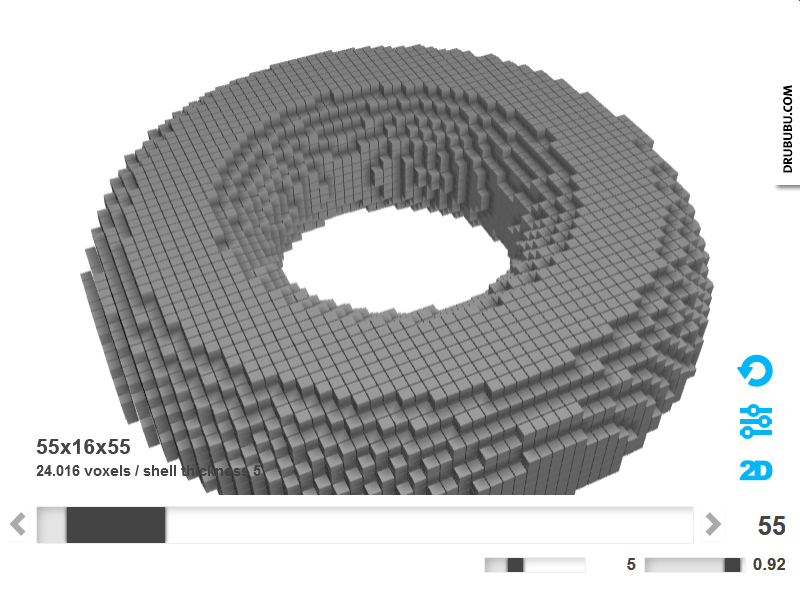

A new object will be Create in tree View, bearing in its name, to indicate it is solid. Choose Part Convert to solid from the top menu. Select a newly created object in tree View. From top menu Specify tolerance for sewing Shape New object will be Create in tree View Select new Create object in tree View Choose Part Create Copy Refine Shape from top menu new object will be Create in tree View and the previous one will be made invisible. Switch to Part Workbench Make sure your Mesh object is selected in tree View, otherwise Select it Choose Part Create Shape from Mesh. * Please keep in mind that all text is machine-generated, we do not bear any responsibility, and you should always get advice from professionals before taking any actions * Please keep in mind that all text is machine-generated, we do not bear any responsibility, and you should always get advice from professionals before taking any actions. Sometimes it is useful to convert from tris back to quads, since theyre easier to think about, manipulate, and calculate coordinates for precision modeling. Exporting STL implicitly triangulates all face. The STL format works in triangles, but we were modeling in quads.

Here is a summary of how Blender behaves when importing STL files with or without units: many algorithms for working with 3D objects operate on triangles - in particular those used for slicing models for printing. If units are not set in Blender but they are set in STL, Blender assumes its None units are meters. If units were not stored in STL, Blender assumes meters. If you import an object and it is either huge or so small it looks like nothing happen, you will need to be more careful about units. Be careful: when opening someone elses STL, often we do know ahead of time if units were stored in STL file.


 0 kommentar(er)
0 kommentar(er)
